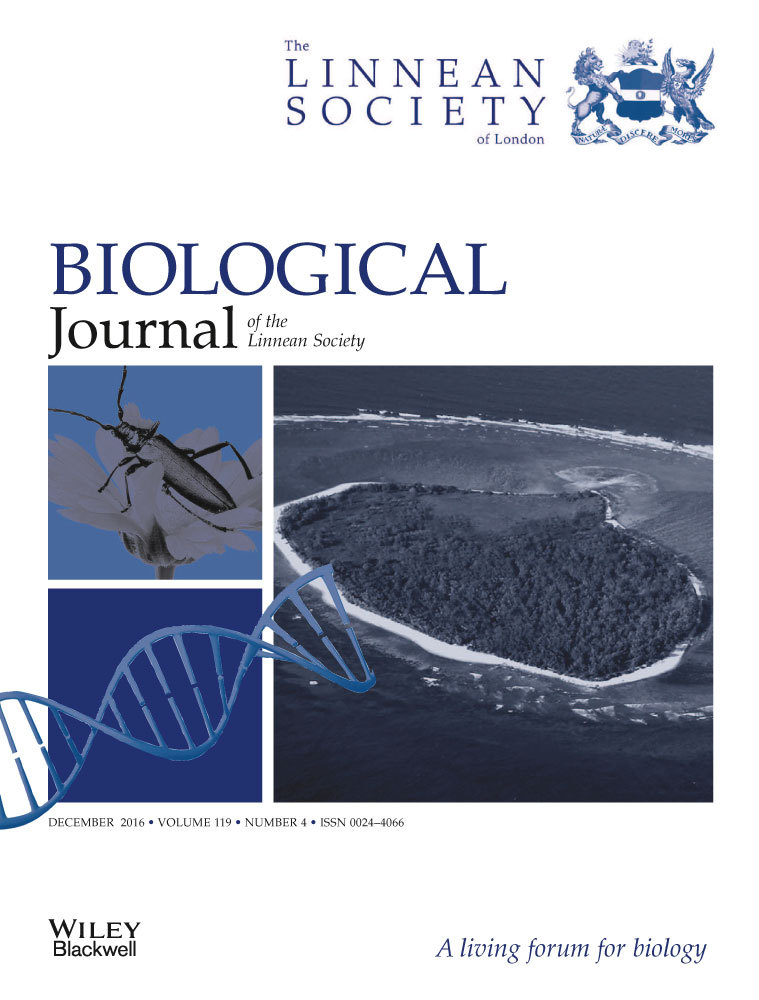Cladistic information in phylogenetic definitions and designated phylogenetic contexts for the use of taxon names
Abstract
A phylogenetic definition of a taxon name associates that name with a clade through its reference to a particular ancestor and all of its descendants. Depending on one's perspective, phylogenetic definitions name either clades on the one true, but unknown, phylogeny, or components on cladograms (clades on hypotheses regarding the true phylogeny). Phylogenetic definitions do not contain enough information to identify components without a reference cladogram. As a result, (1) if clades are equated with components on cladograms, a phylogenetic definition may associate a taxon name with different clades on different cladograms, and (2) the inclusiveness, diagnostic synapomorphies, and distribution in time and space of the clade with a particular name can differ markedly depending on the phylogenetic hypothesis one chooses to adopt. This potentially unacceptable lability in the clade to which a name refers can be avoided by using a taxon name in conjunction with only phylogenetic hypotheses on which specific taxa are related in a particular fashion. This designated phylogenetic context can be described in an n-taxon statement that would be appended to the phylogenetic definition. Use of the taxon name would be considered inappropriate in conjunction with cladograms on which the relationships contradict those in the n-taxon statement. Whereas phylogenetic definitions stabilize the meaning of taxon names, designated phylogenetic contexts would stabilize the usage of those names.




